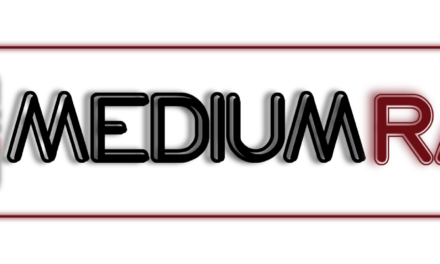With new generations come hilarious fashion trends. By hilarious, I mean notable, and by notable, I mean definitely something to talk about. We’ve all heard them: #seapunk, #cyberpunk, #sokawaii, etc., but no one has heard of the anachronistic yet remarkably chic #dadpunk.
Dad-punk is a new kind of style that integrates themes that, well, dads wear while simultaneously representing the “metal” nature of being young. It took me some time, but I finally found an Emory student who was able to successfully pull off the so-called dad-punk.
This is Christopher Rhett Henry, but he prefers Rhett. Rhett is a College sophomore from Flowery Branch, Ga. and is studying creative writing and philosophy. Though I have known Rhett for some time now, it wasn’t until this semester that he was able to fully tweak and refine his style. That’s not to say there was something lacking the past year and a half, but it is to say Rhett has become a fashion icon of what Emory should be (or I suppose, should wear).
We can start by analyzing each article of clothing he has on.
Did somebody say “jean jackets?” I remember when I was 13 years old, denim jackets were definitely “in.” That even included denim on denim so long as the as the jacket was a different color than the jeans themselves. It took a few years, but once denim jackets disappeared from the fashion-norms, those who wore them stuck out like a sore thumb. Rhett is one of those people. Don’t worry, that’s a good thing. In this particular picture, Rhett has paired his jean jacket with a more chic look. That is, the contrast between his jean jacket and black pants epitomizes what it means to be a leader in fashion trends. It’s frustrating to see other people take credit for a trend that was clearly brought back by one of our own peers, and yes, American Apparel, I’m talking to you. Rhett wore the jean jacket before you all even knew what a jean jacket was. But that’s besides the point.
Rhett’s layering of a flannel shirt under his jean jacket is very #dadpunk. Not only does it fall under the category almost exactly, but it does so in a nuanced fashion because of the layering. Furthermore, Rhett reminds me of the oh-so-wonderful Kevin Barnes. I don’t mean that in a “Rhett likes to cross-dress and so does Kevin Barnes,” kind of way, but rather, to highlight the glamorous aspects of Rhett’s physique. For those of you who are unaware of who Kevin Barnes is (I condemn you), he is the lead singer of the group “Of Montreal” and is known for his outrageous, yet creative style (and of course phenomenal music). In particular, Rhett’s shiny, blue eye shadow accents his oceanic eyes while adding an interesting “look” (pun intended) to finalize his attire. Very #punk. Maybe Kevin Barnes is a part of the #dadpunk generation, but I doubt he likes to be pigeonholed.
Lastly are Rhett’s boots. Normally, he prefers the comfortable tennis shoe look, but due to the weather, boots are a more appropriate alternative. Rhett’s boots remind me of the 80s in that they are highly anachronistic yet entirely practical for our era. I wouldn’t categorize these shoes as #dadpunk. Though, I think my dad has the same shoes, and he was definitely the original “hipster,” but they are a necessary contribution to his overall facade.
Rhett is a free spirit and free thinker. The way in which he presents himself not only comes from his general demeanor but also his taste in clothes. Rhett has successfully brought back new trends while abiding by what it means to be #dadpunk. After his photo-shoot, we had a pretty lengthy conversation about Emory’s stagnation in fashion. Rhett hopes that through his #dadpunk style, others will hop on the bandwagon to become wise souls while integrating essential aspects of youthful fashion.
– By Priyanka Krishnamurthy
priyanka.krishnamurthy@emory.edu
The Emory Wheel was founded in 1919 and is currently the only independent, student-run newspaper of Emory University. The Wheel publishes weekly on Wednesdays during the academic year, except during University holidays and scheduled publication intermissions.
The Wheel is financially and editorially independent from the University. All of its content is generated by the Wheel’s more than 100 student staff members and contributing writers, and its printing costs are covered by profits from self-generated advertising sales.





